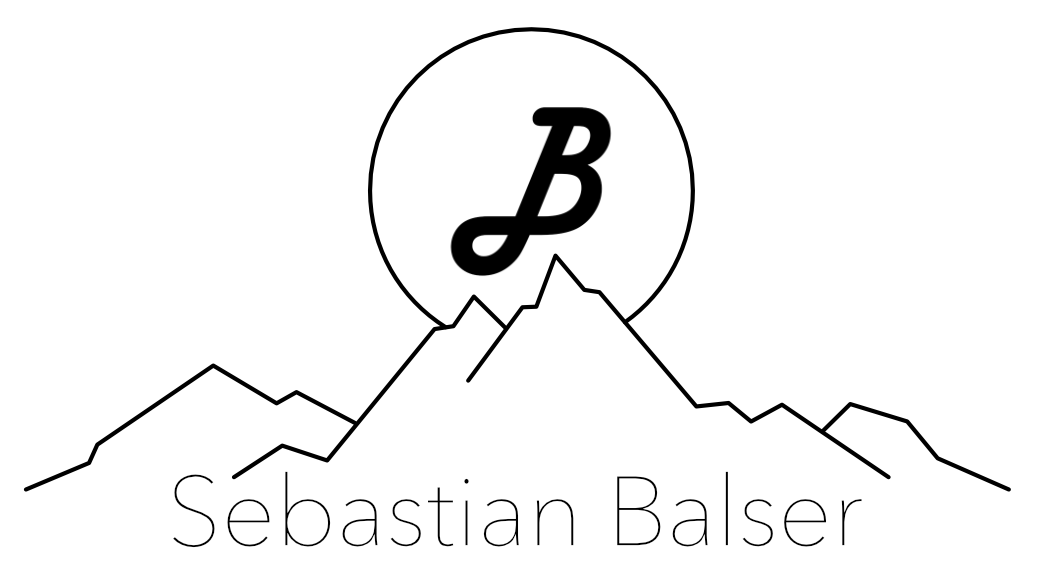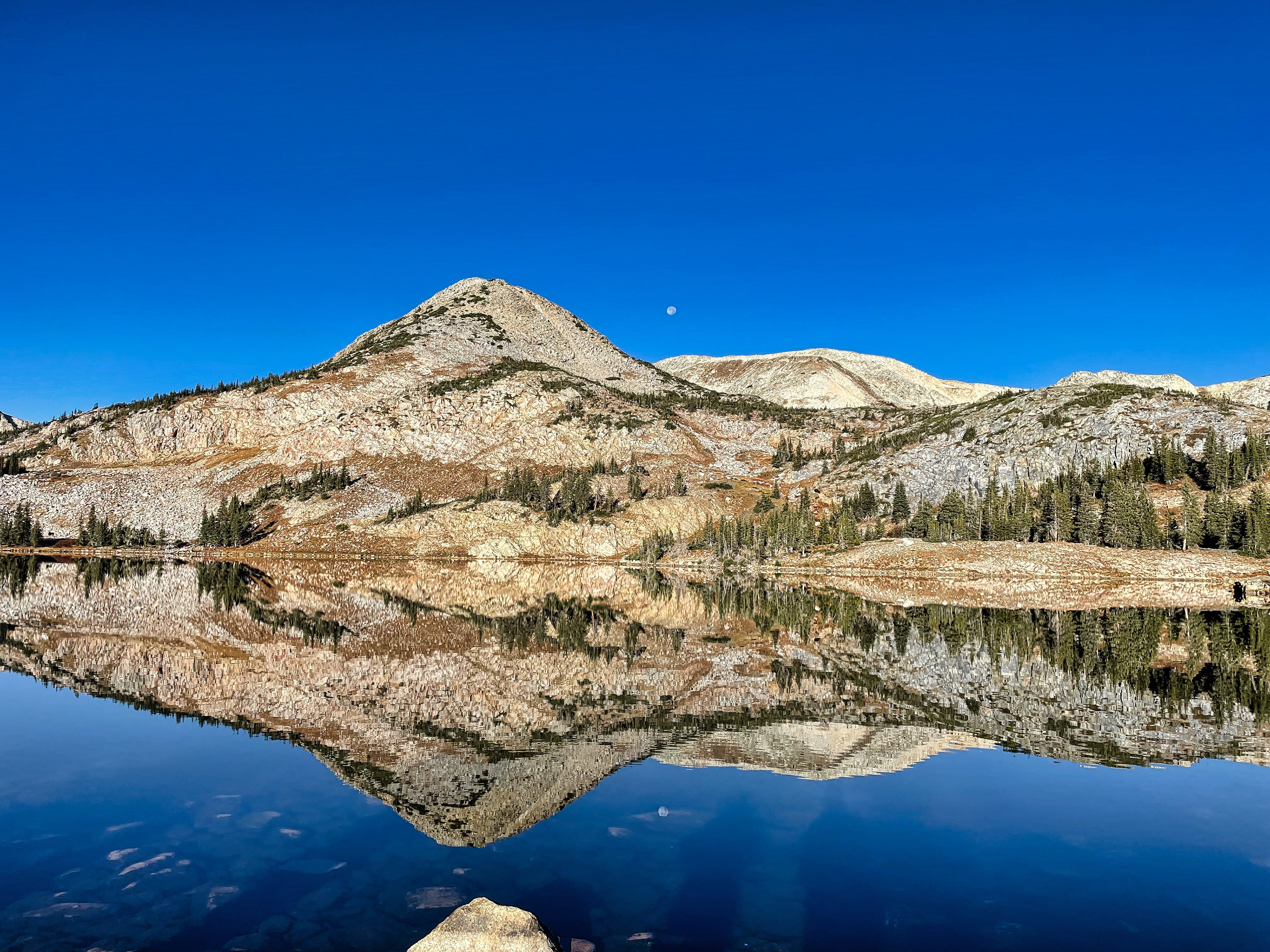
Gap Lake

Grand Teton Range
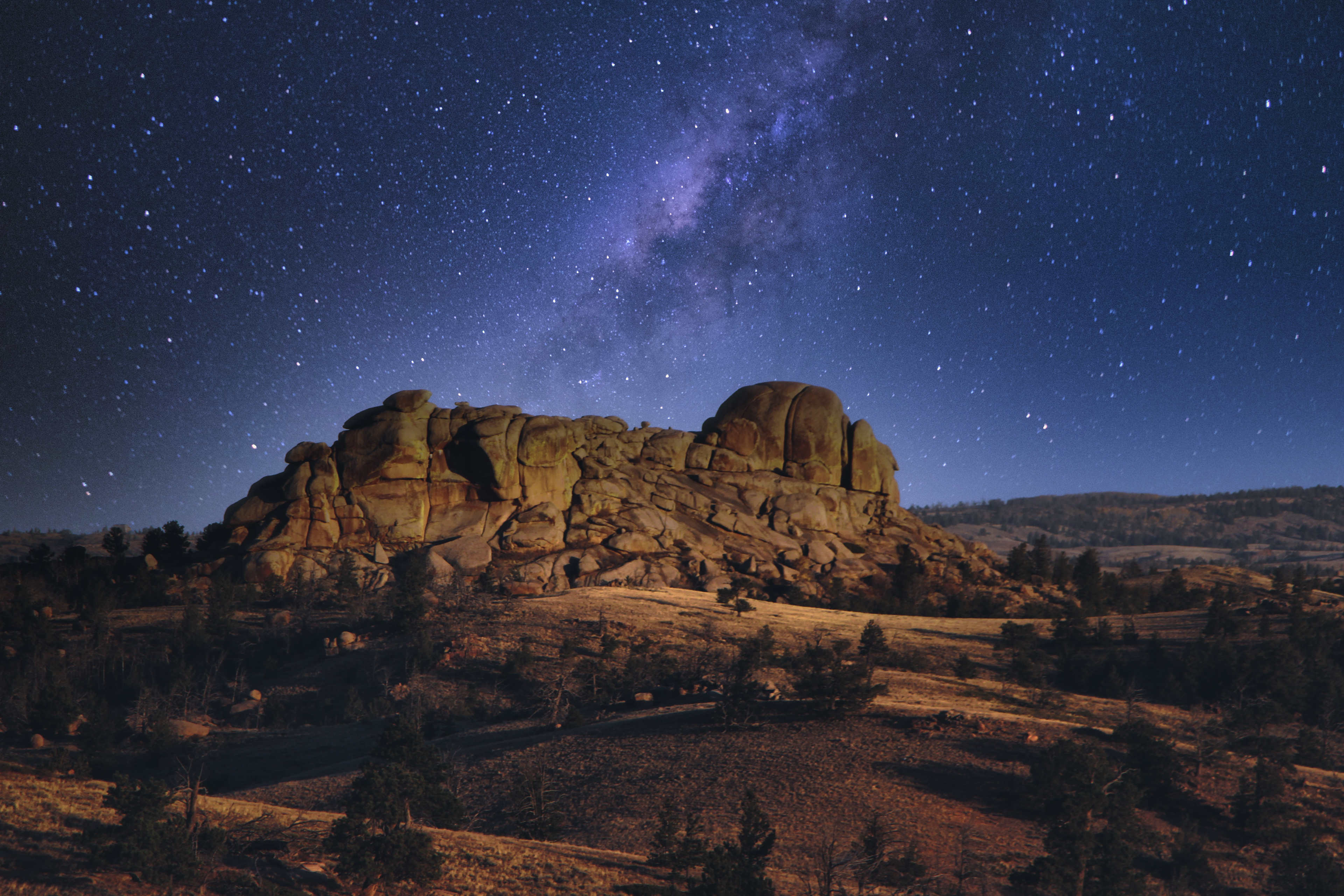
Turtle Rock
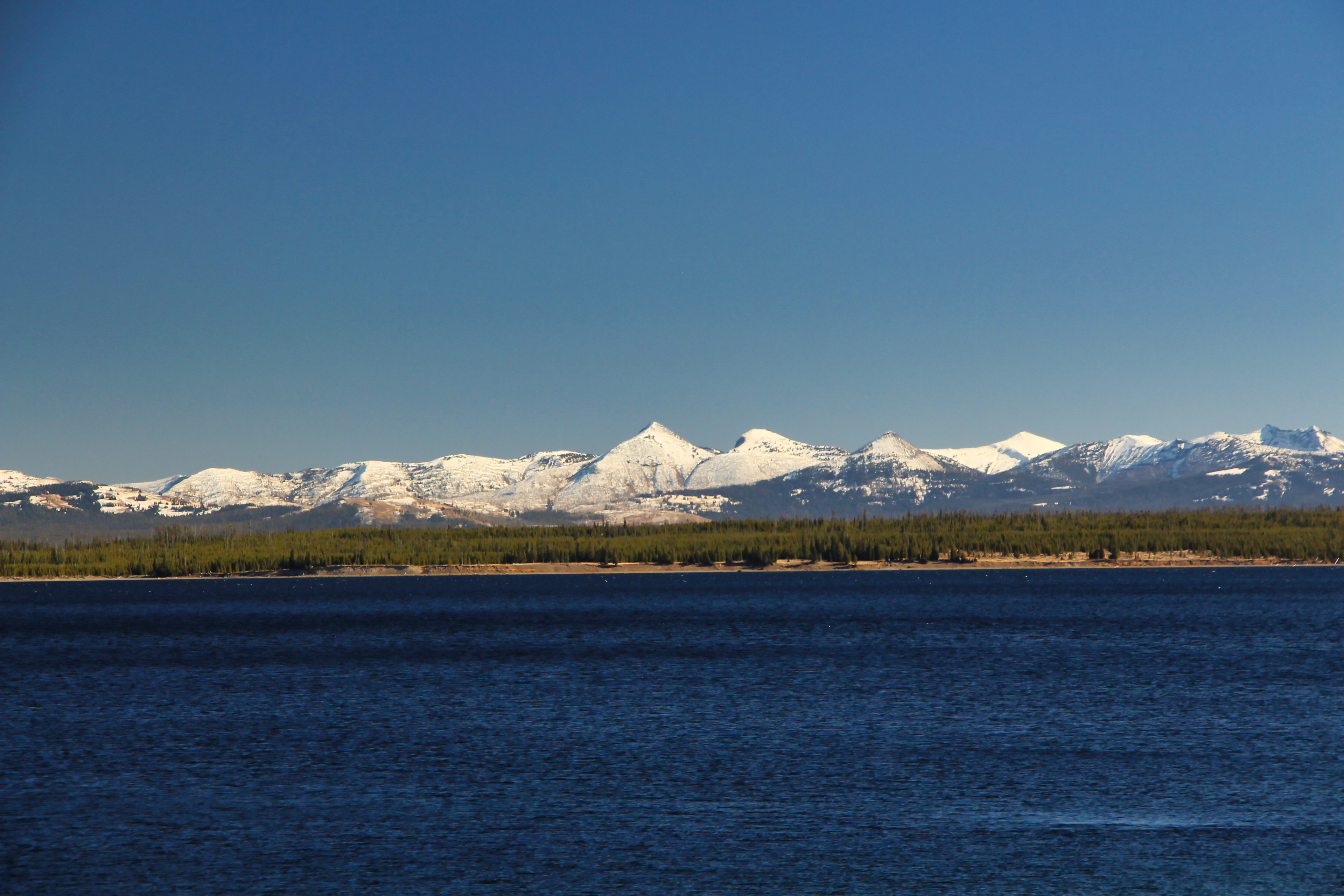
Yellowstone Lake

Moose Falls - Yellowstone National Park
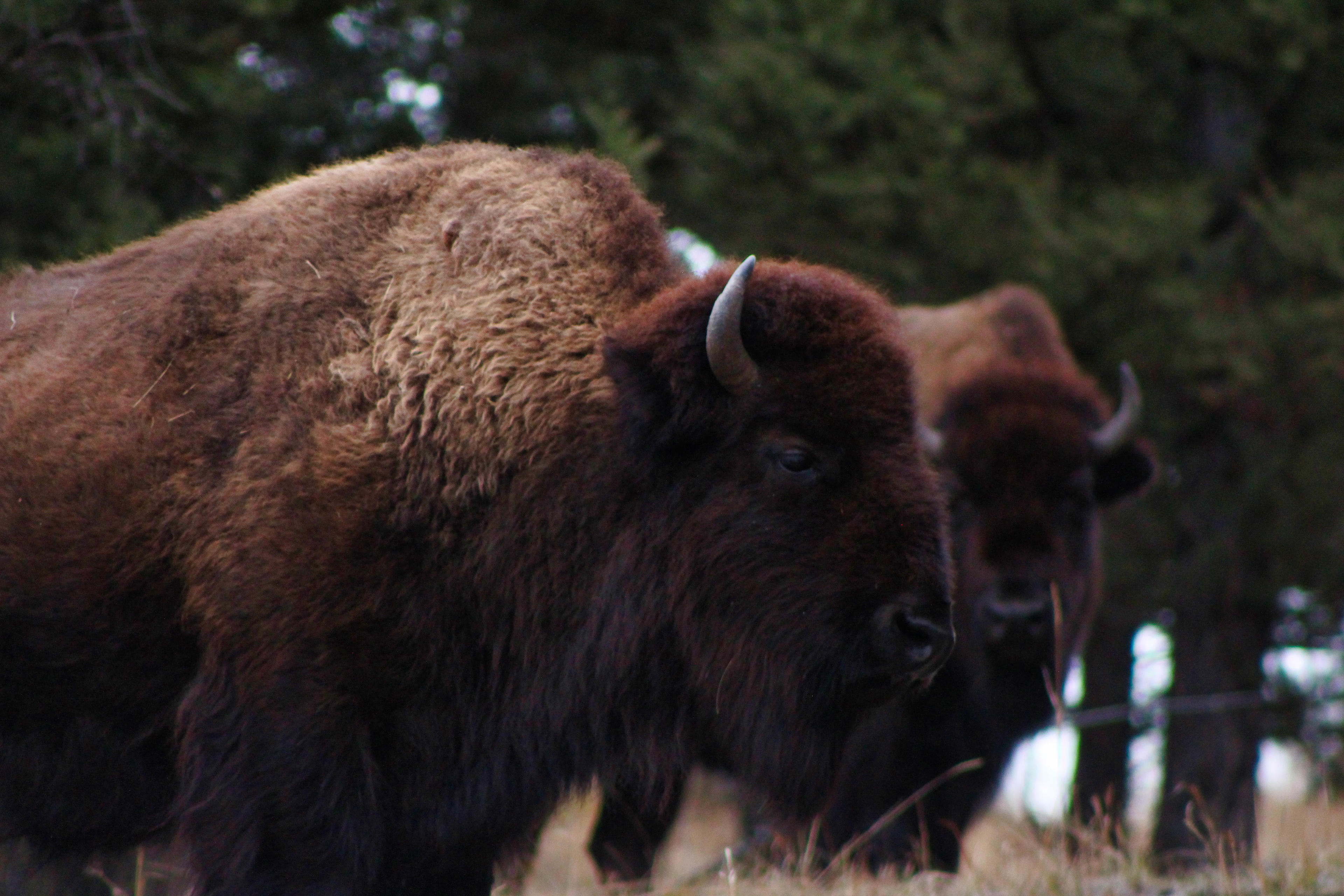
Bison - Yellowstone National Park

Yellowstone River Lower Falls


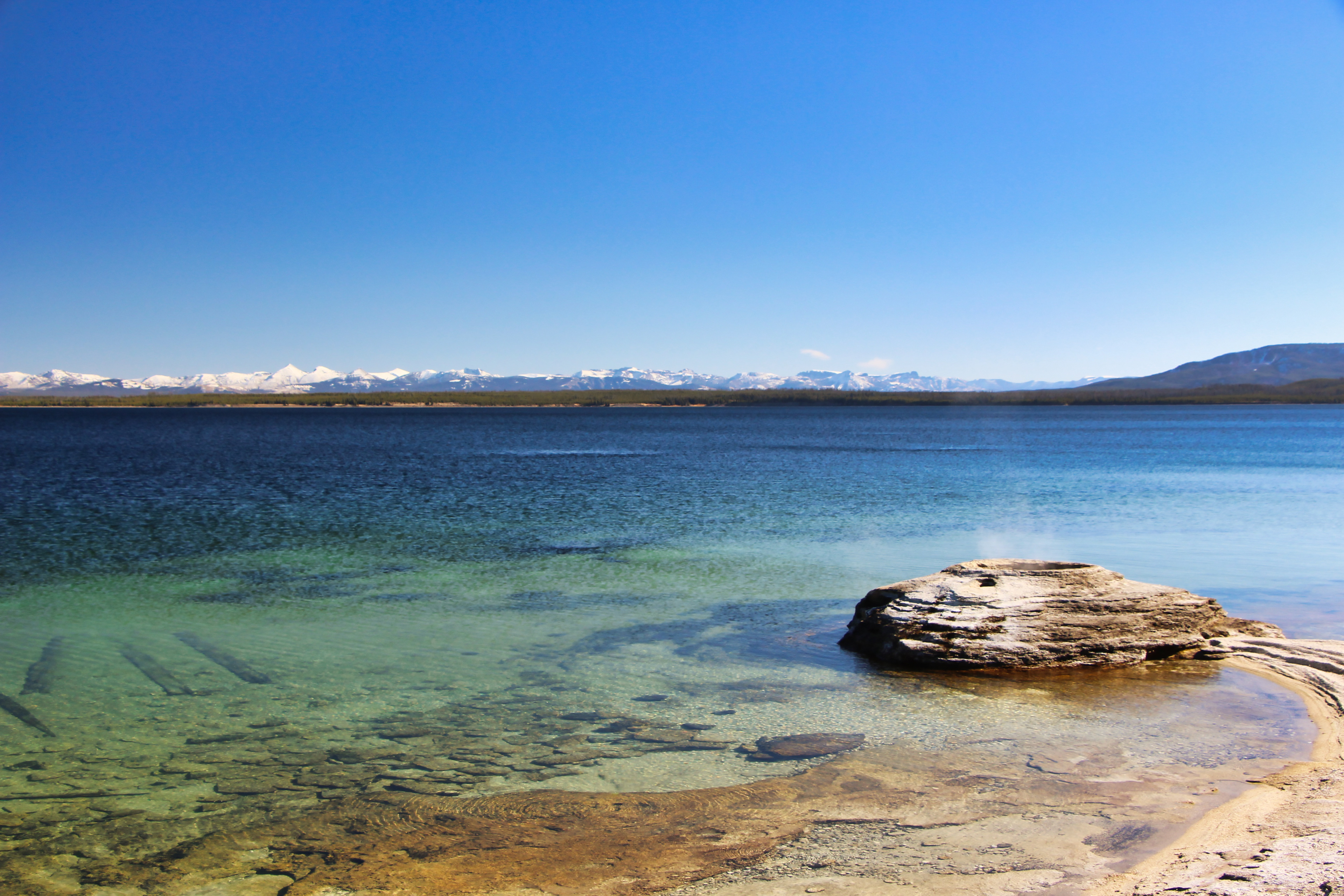













Tucked between the soaring peaks of the Rocky Mountains and the wide-open prairies of the Great Plains, Wyoming stands as one of America’s most iconic and ecologically important states. Known for its sweeping landscapes, rich wildlife, and cultural legacy of the American West, Wyoming plays a critical role in both national conservation efforts and the broader environmental fabric of the continent.
Covering nearly 98,000 square miles, Wyoming is one of the least populated states, yet it boasts some of the most unspoiled and diverse terrain in the country. From the geothermal wonders of Yellowstone National Park to the rugged peaks of the Wind River Range, the vast Red Desert, and the grasslands of the High Plains, Wyoming is a tapestry of ecosystems shaped by millennia of geological and climatic forces.
The state is a stronghold for North American wildlife. Herds of bison roam freely, pronghorn antelope migrate across great distances, and apex predators like wolves and grizzly bears thrive in remote wilderness areas. Wyoming’s sagebrush steppe, one of the largest in the world, provides essential habitat for species like the greater sage-grouse, mule deer, and countless native birds and pollinators.
Equally vital is Wyoming’s contribution to the western water system. While not often thought of as a water-rich state, Wyoming is a crucial headwaters region. Major river systems—including the Snake, Green, and North Platte - begin in its high mountain basins, fed by snowpack and glacial melt. These waterways provide irrigation for agriculture, drinking water for downstream communities, and habitat for aquatic species across multiple states.
Wyoming’s landscapes, though stark and often harsh, are finely balanced ecosystems. Its preservation is not only vital for the species and people who call it home, but for the ecological resilience of the broader American West.
